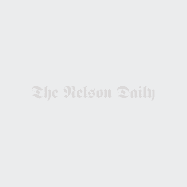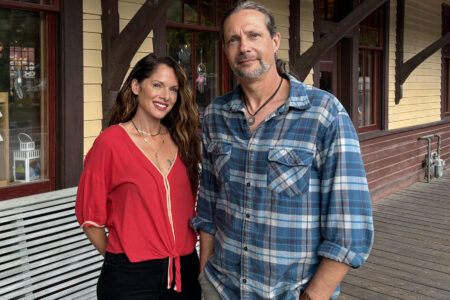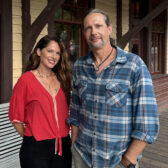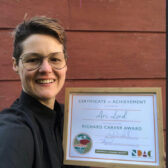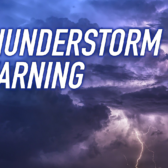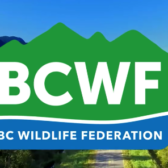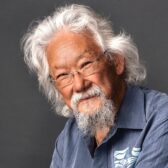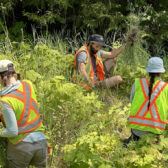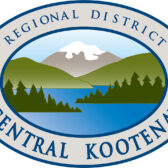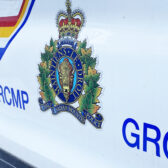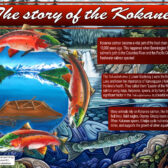Timber supply shrinks by six per cent in Kootenay Lake Forest District
By Timothy Schafer, The Nelson Daily
Mountain caribou and community forests have combined to reduce the timber supply available for forestry companies in the Kootenay Lake Forest District, the area’s chief forester says.
Jim Snetsinger released the third examination of the overall timber supply area (TSA) within the Kootenay Lake management unit since 1994, nearly one year after making his harvest forecasts last November.
The chief forester is expected to determine the allowable annual cut in 37 timber supply areas and 34 tree farm licences every 10 years.
The biggest change from the previous timber analysis — last completed in 2001 — is the timber supply has shrunk from its previous mark by 58,000 hectares.
“One of the reasons for this slight decrease in the cut is that timber-harvesting land base for the Kootenay Lake TSA is now smaller due to new community forest and woodlot agreements in the area,” he said.
“There are new community forest tenures in Kaslo, Creston and Harrop/Procter,” said Dale Anderson, stewardship officer for the Kootenay Lake Forest District. “These areas are still being managed for timber supply, however.”
The determination also accounts for full implementation of the government’s mountain caribou recovery strategy, he added, which was implemented in October, 2007.
The recovery plan ordered the establishing of ungulate winter ranges for caribou, which either exclude or restrict harvesting — accounting for an eight per cent decrease in the timber supply in the TSA.
The new annual allowable cut is 640,000 cubic metres per year, a six per cent reduction from the 681,300 cubic metres established in 2001.
The chief forester’s examination is an independent professional judgment based on information ranging from technical forestry reports, First Nations input and public input to the government’s social and economic goals.
The timber supply review considers environmental factors like scenic values — visibility from highway corridors and communities — watersheds, potentially unstable terrain, and ungulate (deer, elk, moose, mountain caribou) territory.
“That accounts for one third of the timber supply,” said Anderson.
Although the timber supply area has gotten smaller it does not affect the harvest, other than the licensees like Kalesnikoff, Tembec and Meadow Creek Cedar are bumping into each other a little more, said Anderson.
The Kootenay Lake timber supply area covers over 1.2 million hectares in southeastern B.C. — the drainage areas of Kootenay, Duncan and half of Trout lakes — and includes the communities of Nelson, Creston and Kaslo.

